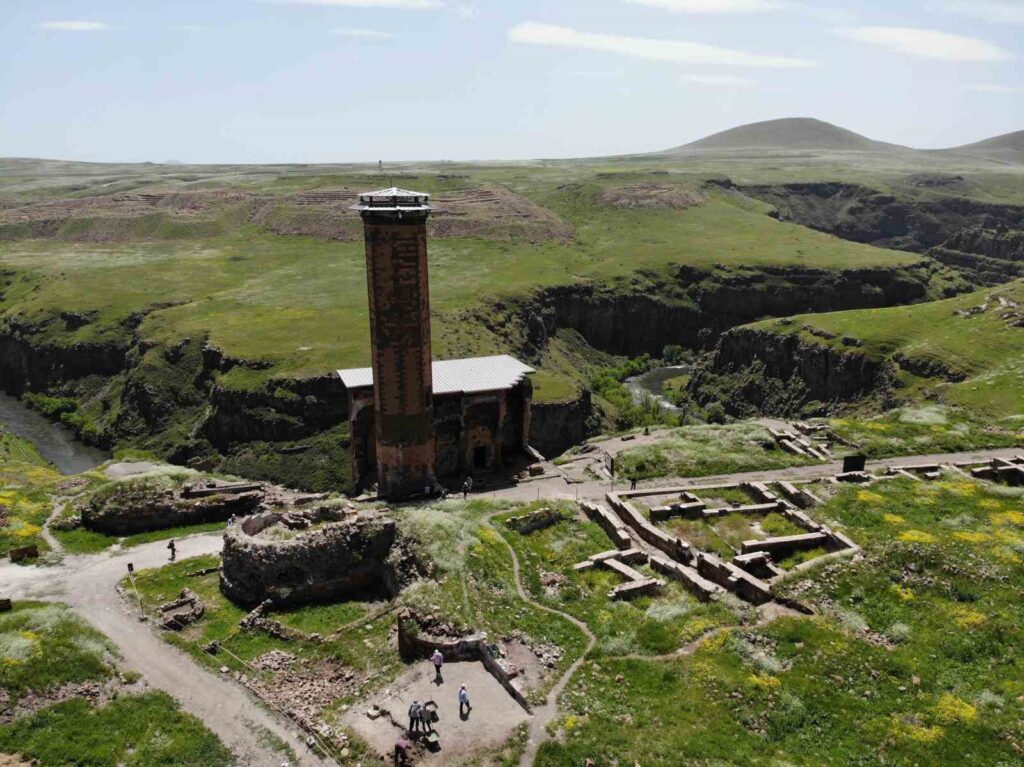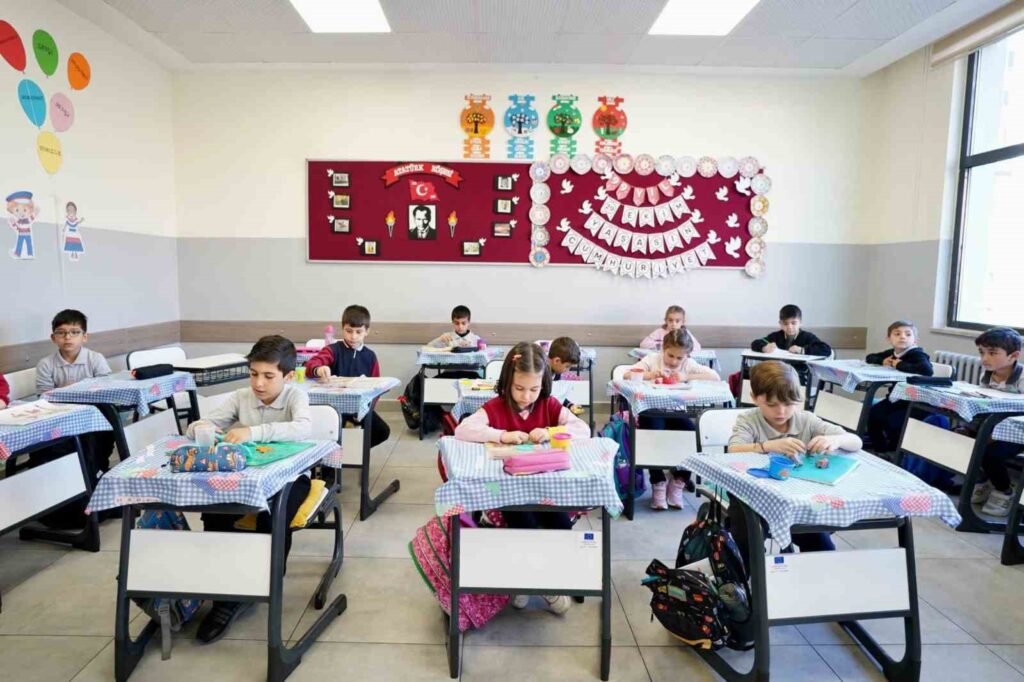The history buried underground in Kars is being brought to light
The underground history of Ani Archaeological Site, also known as the ‘City of the World’, ‘Cradle of Civilizations’, ‘City of a Thousand and One Churches’, and ‘City with Forty Gates’, is being unearthed through excavation works carried out at 8 different points. Located in Kars, the site is listed as a UNESCO World Heritage Site…

The underground history of Ani Archaeological Site, also known as the ‘City of the World,’ ‘Cradle of Civilizations,’ ‘City of a Thousand and One Churches,’ and ‘City with Forty Gates,’ is being brought to light through excavation works carried out at 8 different points.
Located in Kars and listed on the UNESCO World Heritage List, Ani Archaeological Site is the subject of excavation works involving a team of 35 people, including art historians, archaeologists, architects, and students, to unearth historical artifacts and remains at 8 different points.
The history buried underground is being revealed through excavation works conducted in collaboration between the Ministry of Culture and Tourism General Directorate of Cultural Heritage and Museums and Kafkas University, contributing to Kars tourism.
‘Ani is an important city with artifacts waiting to be excavated underground’
Dr. Muhammet Arslan, the Head of Excavations, stated that they have resumed excavation works at Ani Archaeological Site. He emphasized that Ani was one of the most significant cities of the Middle Ages, with a very active life between the 10th and 13th centuries. He mentioned that Ani is not only important with its monumental structures still standing but also with artifacts waiting to be unearthed underground. He added that they continue their work under the Presidential Decree on excavations in partnership with the Ministry of Culture and Tourism and Kafkas University. The excavation and conservation works for 2024 started in June. A team consisting of experts from 10 different universities, mainly art historians, archaeologists, architects, restorers, and various other disciplines, continues the excavations.
‘Excavations are carried out at 8 different points’
Arslan explained, ‘Excavation and conservation works are ongoing at 8 different points. The Seljuk Bazaar, Seljuk residences, Seljuk cemetery, and the Seljuk public bath have been under excavation for years. Additionally, this year, we started excavation works in the area known as the Western Ashot Walls. These were the first outer walls of Ani built during the Bagratid period, but with the Seljuk conquest, these outer walls were preserved and turned into residential areas. Now, with our team, we are making efforts to uncover these areas. Furthermore, for the first time this year, we started working in the caves area, which we named the Divin Gate Rock Mosque, and our work there is also in full swing.’
Moreover, the excavation works at Ani Archaeological Site, led by Dr. Muhammet Arslan, involve a team of 35 people consisting of scholars from 10 universities, art historians, archaeologists, architects, and students. The ongoing excavations aim to bring to light the historical artifacts buried underground at Ani Archaeological Site.







